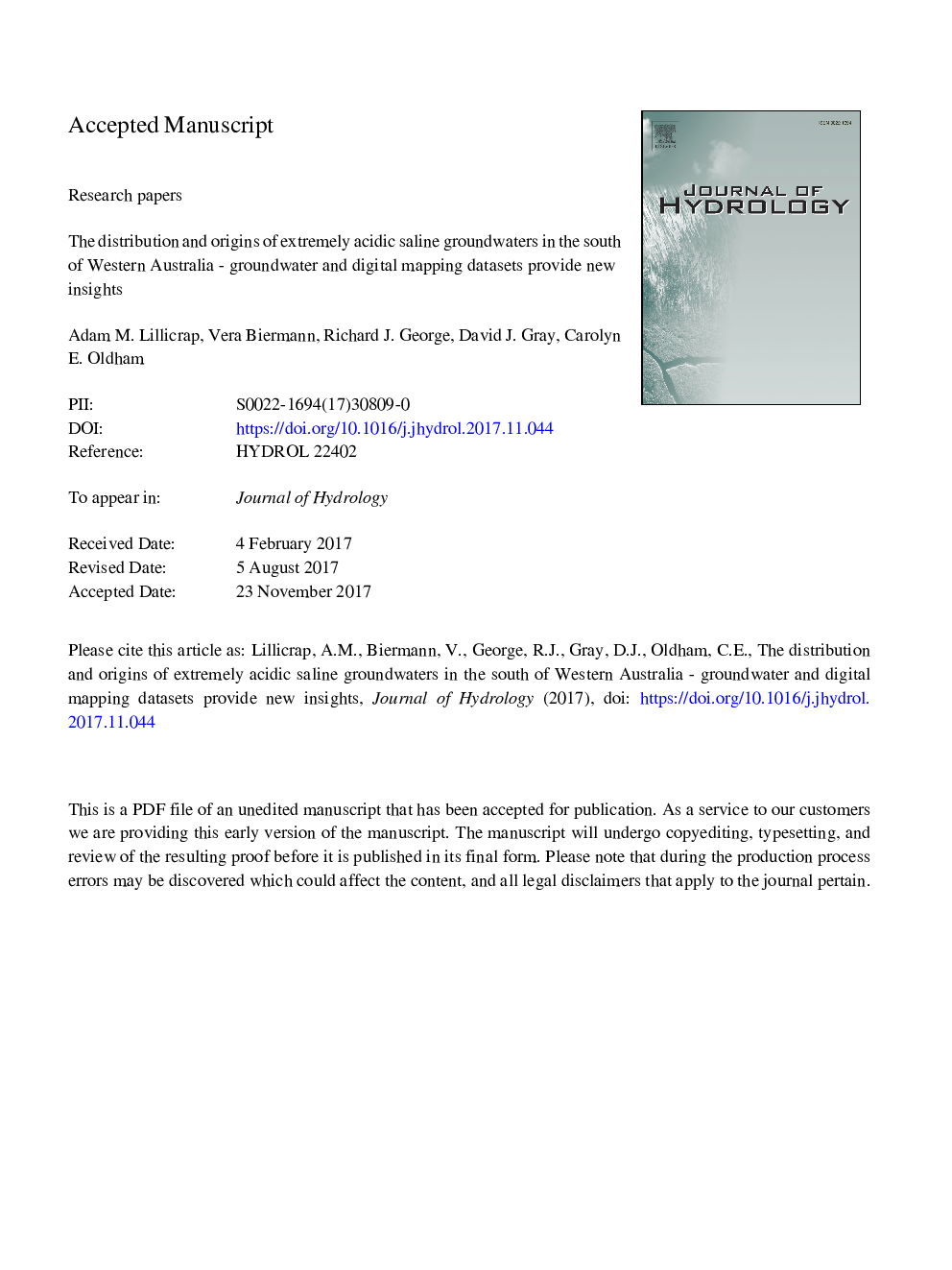| Article ID | Journal | Published Year | Pages | File Type |
|---|---|---|---|---|
| 8895174 | Journal of Hydrology | 2018 | 54 Pages |
Abstract
Pre-clearing soil data in areas with acidic saline groundwater showed that the upper 1â¯m of the unsaturated zone had a pH around 8 while the pH at depths greater than 5â¯m decreased to <4. Based on the observations it is proposed that biogenic formation of calcareous soils occurs in the upper 1â¯m of the profile, calcium is sourced from the deeper profile where the root biota exchanges calcium for hydrogen ions to maintain charge balance. Iron is mobilised from the upper soil profile and concentrates lower in the profile at depths >1.5â¯m. There, the iron is reduced around roots and the alkalinity generated by microbial iron reduction is removed by biogenic calcification processes. The iron moves in solution further down the profile following roots where it comes in contact with the oxygenated unsaturated zone matrix and is oxidised generating acid. The resulting acidic recharging solution acidifies the unsaturated zone matrix. Saline groundwater moving through the matrix becomes acidified due to ion exchange or direct recharge. The main chemical processes were modelled in PHREEQC to test the plausibility of the hypothesis and acidic solutions with a pH of 3.8 or lower were obtained.
Keywords
Related Topics
Physical Sciences and Engineering
Earth and Planetary Sciences
Earth-Surface Processes
Authors
Adam M. Lillicrap, Vera Biermann, Richard J. George, David J. Gray, Carolyn E. Oldham,
